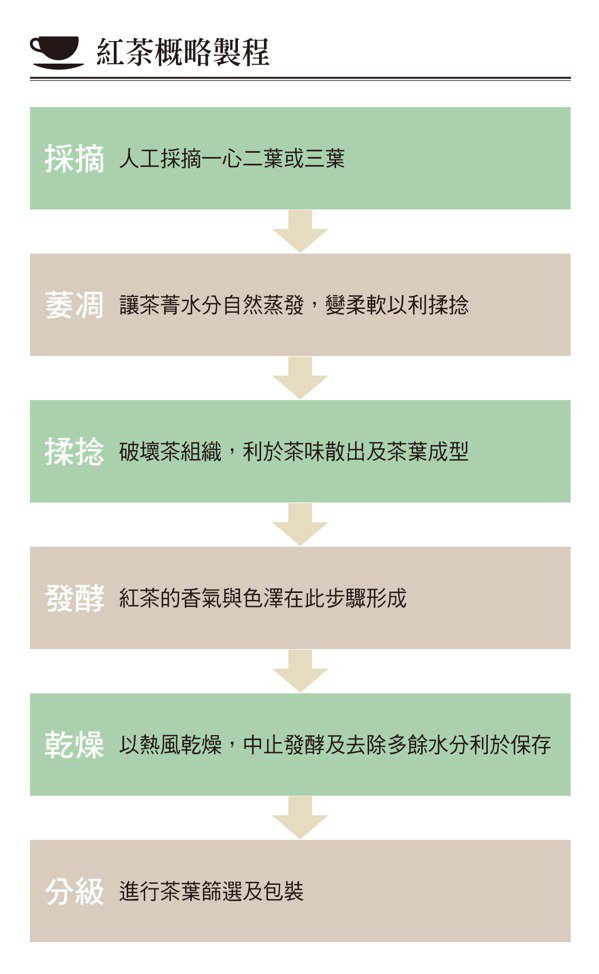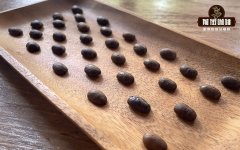How to beat latte foam how to play Italian milk espresso latte coffee froth foam teaching skills
The daily mental journey of a friend who has just learned to foam is: I don't want to give up! No, stick to it. Ah, it's thick again, just give up! Don't give up, do it again! I know you will say: please take down the surveillance! As an essential part of making latte, the degree and quality of foam will affect the visual and tactile experience of a cup of latte.
Why can milk form a stable foam
What is the principle of foam?
What affects the stability of milk bubbles is that the casein colloidal particles in milk protein and the existence of casein colloidal particles with whey protein make the milk liquid surface form tension, and a large number of air bubbles of different sizes are formed when the steam hits the milk liquid surface. then adjust the position of the steam stick to make the milk whirlpool "chopped" larger bubbles, so as to obtain a smooth surface of fine milk bubbles.

Under normal circumstances, whey protein is hydrophilic in appearance and slowly "unfolds" after stirring or heating, exposing the hydrophobic part. These parts will stick to the resulting bubbles, reduce the surface tension of the bubbles, reduce the blasting speed, and make the milk bubbles more stable.
Some common problems in beginners' milking
Try the following tips!
Problem 1: spilling milk in the process
This is a very dangerous thing. For beginners, there is no stable control and control over the angle of the steaming stick and the depth of the milk placed at the front of the steaming stick (the word will be used below). There will be a steam or heated to the back of the hand is unstable, the extent of moving the milk tank is too large to cause the vent to come into contact with the milk surface, and the impact of the steam makes the milk spatter.
Tip ①: keep the milk tank in contact with the steamed milk stick all the time
When the novice can not steadily control the movement of the nipple, Qianjie suggests using the nipple as the fulcrum to let the edge of the vat come into contact with the steamed milk stick. Whether it is to turn the angle of the milk tank or move up and down, it is necessary to maintain the state of contact between the two, to avoid suddenly "hanging", steam rushing out of the milk.

Question 2: is the milk foam not delicate?
What makes beginners collapse is not that the flower drawing is not successful, but that no matter how the foam is played, it is not delicate, and there are a lot of coarse bubbles. After drinking with the coffee, the touch of the mouth will give you such a signal: do you think I am happy?
Tip ①: turn on the steam before you dispense the milk.
When the steam in the steam pipe of the semi-automatic coffee machine cools, it will become water residue and remain in the tube, so before each foaming milk, please discharge the steam until no water is ejected from the tube. The milk foamed with water steam will produce large bubbles.

Tip ②: the angle of the steamed milk stick into the milk tank is 45 degrees.
A 45-degree angle is the direction of 2-3 o'clock or 9-10:00 of the milk jar. Using this angle to dismiss the milk can make the milk form a small whirlpool as soon as possible, and the appearance of the whirlpool can make the thicker milk bubbles "involved" in the liquid surface.

Tip ③: put the steam head into the milk with a depth of 0.8cm-1cm.
The steam head is not put as deep as possible, after all, the main purpose of milk is to pump air into the milk. If it is too deep, the steam hole cannot touch the air to form a vortex. If it is too shallow, the steam hits the liquid surface, forming rough bubbles and splashing milk.
Problem 3: the foam is too thick.
The thickness of the foam depends on the foam produced when the steam is in proper contact with the liquid surface, which is called the inflation process. The longer it takes to inflate, the more foam is produced, and the thicker the foam will be.
Tip ①: the inflating process only needs to be "squeaked" for 4-5 times.
Put the steam head into the 0.3cm and turn on the steam switch, and you will hear a "squeak-squeak" sound. This is the inflatable stage, and the thickness of the milk foam for making lattes is 1cm, so we don't need to over-inflate. When you hear the squeak 4-5 times, you can adjust the depth of the milk stick back to 0.8-1cm, maintain a 45-degree angle to create a whirlpool to eliminate the coarse bubbles and heat it to the appropriate temperature.

Question 4: how to judge the temperature of milk?
Is the temperature of the milk really that important? important! The ideal temperature for milk is 55-65 ℃, with a maximum of no more than 70 ℃. Lactose and other sugars are most "active" in these temperature ranges. When milk is mixed with coffee when it reaches this temperature range, you can feel the sweetness of both smell and taste in this cup of milk coffee without sugar.

Tip ①: use a thermometer and don't exercise the iron palm in the first place.
Use the digital thermometer to insert the thermometer into the milk tank and then start to send it away, during which you slowly feel the change in the temperature of the milk tank with the palm of your hand. Be careful! For example, if you need to dispose of 55 ℃ of milk, you can stop heating when the thermometer says 53 ℃, and the milk will rise by 1-2 ℃ after stopping.
Important Notice :
前街咖啡 FrontStreet Coffee has moved to new addredd:
FrontStreet Coffee Address: 315,Donghua East Road,GuangZhou
Tel:020 38364473
- Prev

What's the difference between black tea, green tea and oolong tea?
What is the difference between black tea, green tea and oolong tea? If you think of tea simply in terms of dried fruit and dried fruit, it is easy to think that different tea trees produce different kinds of tea. Black tea is made from dried black tea leaves. Is green tea made from green tea trees? In fact, to put it simply, the biggest difference between black tea, green tea and oolong tea lies not in the variety of tea trees, but in "
- Next

Deep-baked Indonesian Manning coffee beans how to make it good? Golden Manning coffee hand brewing parameters
The name Mandenin Coffee is also famous. Many people like the mellow and fragrant coffee, while others admire it but stop at its taste. Indeed, deep-baked coffee like Mantenin is easy to get bitter. So, how can this kind of beans taste good? The key to making a good cup of coffee is to know yourself, know your enemy and understand the letter of coffee.
Related
- Beginners will see the "Coffee pull flower" guide!
- What is the difference between ice blog purified milk and ordinary milk coffee?
- Why is the Philippines the largest producer of crops in Liberia?
- For coffee extraction, should the fine powder be retained?
- How does extracted espresso fill pressed powder? How much strength does it take to press the powder?
- How to make jasmine cold extract coffee? Is the jasmine + latte good?
- Will this little toy really make the coffee taste better? How does Lily Drip affect coffee extraction?
- Will the action of slapping the filter cup also affect coffee extraction?
- What's the difference between powder-to-water ratio and powder-to-liquid ratio?
- What is the Ethiopian local species? What does it have to do with Heirloom native species?

